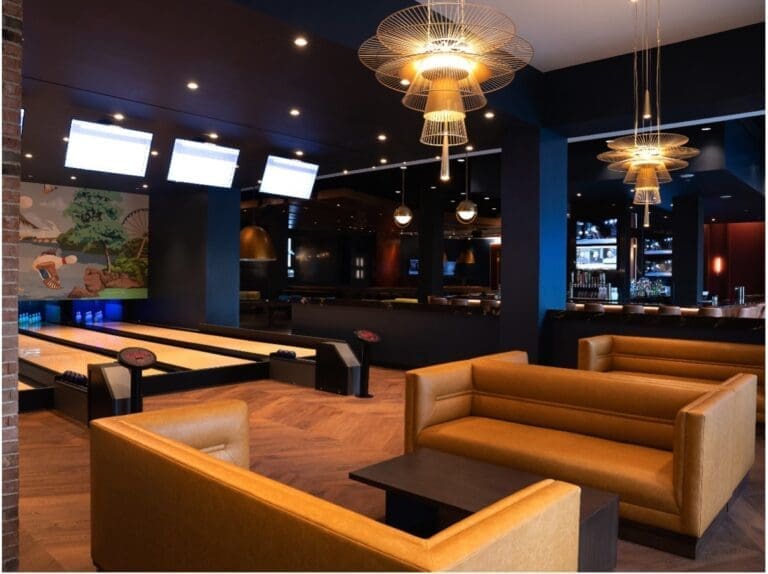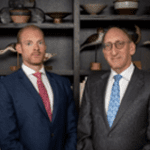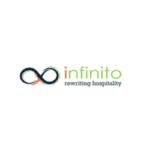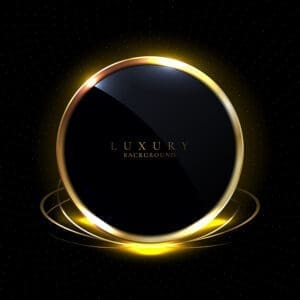
Call it bleisure or hybrid travel; then look at emerging segments like the work-from-anywhere digital nomads or workcations. Overall, the hotel industry for the rest of the 2020s will see a demise of the days of wholly separated meeting and events (M&E) and leisure travel segments, giving away to a mixture of the two as travel becomes more experiential and purposeful. It behooves hotels to adjust their commercial strategy and property improvement plan (PIP) to meet this trend, with some guidance from what the Marriott team has observed to help you navigate this great shift.
Suppose a business professional visits another city for a convention then sticks around for the weekend to catch up with friends. Or perhaps a nomad executive opts to have an extended stay in a certain market for lifestyle reasons then fits in some meetings with clients who happen to be in the area. Or maybe a conference attendee’s spouse decides to travel with them, with one working while the other enjoys the hotel’s amenities and works remotely. All are possible nowadays as are plenty others.
Whatever the intent, travel going forward will increasingly blend the two primary purposes of business and vacation. And that will mean new ways for hotels to incentive emerging customer segments, drive longer length of stay (LOS), upsell add-ons, encourage direct bookings through bespoke offers and grow ancillary spend per guest (TRevPAR or RevPAG). This, of course, has profound implications on services, amenities, operations, spatial design and renovations.
To get a sense of just how big this opportunity is for hotel brands and certain properties as well as highlight some examples of success, we sat down with Julius Robinson, Marriott International’s Chief Sales & Marketing Officer for the United States and Canada. The key takeaway is that based on what Marriott is forecasting, both on a per-property level and across entire markets, blended travel has only just started to ramp up its impact on the hotel industry.
The current boom of blended travel
First off, why is the best term to describe this progression ‘blended travel’? This was the opening point of distinction that Robinson highlighted during our time together and it’s important for readers to note. For one, ‘bleisure’ is a bit too much of an industry insider’s term, but more importantly it doesn’t fully encapsulate all the various primary and secondary travel purposes that people are mixing and matching as they design their personal itineraries. That’s where ‘blended’ comes in; it’s simple and universal.
Edge cases aside, one of the clearest primary travel purposes for 2024 and beyond is business travel – this being one of the market segments that continues to proliferate in the post-pandemic era even as others have normalized. According to last year’s report by the Global Business Travel Association (GBTA), this segment is expected to recover to its pre-pandemic total of $1.4 trillion this year then continue to grow to nearly $1.8 trillion by 2027. Moreover, from the surveyed business traveler respondents, 62% say they are more frequently blending business and personal travel than they did in 2019, with 42% adding additional leisure days to their business trips, and 79% of these travelers staying at the same accommodations for the business and vacation portions of their trips.
However promising these metrics sound, they can brush over so many emotional aspects of travel that really come into focus in light of the pandemic’s lockdown policies and the concurrent growth of remote or flexible work arrangements. Namely, humans strive for social, in-person bonds; that’s baked into our DNA. As recent events have shown, our wellbeing suffers when we are isolated, and company executives are now fully aware of the detrimental effects of poor mental health on productivity and team retention.
So, because remote work is also a trend that’s here to stay due to its personal incentives center around better work-life balance, hotels will therefore play a profound role going forward in facilitating those personal connections when most employees working out of their home offices and don’t regularly see each other face-to-face.
“What we’ve seen is that the role of MICE hotels has changed substantially in the face of remote work,” commented Robinson. “Whereas before, events were mostly designed around a single-purpose conference or event venue, now the demand and planning is for more dynamic, experiential spaces that can help facilitate teambuilding, group activities, breakout sessions and collaboration. In more ways than one, hotels are becoming a company’s best friend to foster team bonds when every employee is remote or hybrid.”
Blended travel across generations
The growth of flexible or fully remote work arrangements is but one trend that’s feeding the resurgent demand for corporate and MICE travel. As Robinson revealed, this is only the beginning as numerous markets all over the continent are seeking consistent growth in M&E of all sizes. During the initial stages of recovery, most group demand was for SMEs, but this year large meetings are back, with a strong pace of bookings for the next few years. By year end, 2024 may be a record high for MICE travel revenues.

The nature of M&E has changed, though. Planners are requesting nontraditional venues, such as outdoor setups, complex audiovisual, elaborate F&B stations to demonstrate local culinary excellence and reimagined creative spaces. As an example (to boast our own national pride for Canadian ingenuity!), at the Muir, Autograph Collection in Halifax, groups can combine a meeting space with a rental of the hotel’s 36-foot private yacht. For another example, Gaylord National Resort & Convention Center recently unveiled Harbour Social as a purpose-built networking space with shuffleboard, air hockey tables, duckpin bowling and a sports bar. It’s open to the public, but can also be sold as a breakout space.
In a word, Robinson said that travelers are looking for ‘moments’ – those micro-meetings and novel experiences that only hotels with a wide range of amenities can provide. As psychology has shown, when you change the setting, you change the energy by creating space for new moments to form. This is why traditional dinner party etiquette dictates that a good host should never serve dessert in the same room as the main course. That’s also why events that utilize multiple venues on a property tend to be much more satisfying for individual attendees and, ultimately, more beneficial for the host company.
Supporting this trend for more experiential, moment-driven venues, we also find ourselves living in a very interesting time in history where we have four different generations in the workplace: baby boomers, Gen X, millennials and Gen Z. All have different values and travel motivations, and yet it is the younger generations that are driving much of this present evolution as hotels look to engage Gen Z with shorter sessions and gamified, interactive activities.
“Millennials and Gen Z really want to know a destination,” noted Robinson. “They want localized events from their host hotels. But when it comes to incentivizing longer LOS, hotels need to keep them informed on local happenings during the prearrival phase to help them build out their itineraries.”
Marriott’s guidance to grow blended travel revenues
With access to aggregate demand data and intimate knowledge of what’s working at various properties across the United States and Canada, Robinson offered some great advice for hotels looking to boost their blended travel revenues, Whether that’s incentivizing the shoulder nights of before or after a conference, or better accommodating the ‘plus one travel’ persona with more onsite ancillaries to fill out one’s day while the spouse is in session, this approach typically comes down to a combination of sharpened use of technology and a PIP.

The Marriott team’s local reps will offer bespoke advice and best practices to sales personnel, looking at market trends or popular types of F&B programs, but it’s deeper than that. As an example of where automation enters the picture, the Sheraton Orlando Lake Buena Vista has become a popular destination for meetings because corporate travelers can bring their families who can hang out by the pool or go to the kids camp during the day, but also because as a perk planners can opt for complimentary, electronic tickets to Walt Disney World Resort for the entire group block.
Deeper than this and what integrated business intelligence (BI) can tell operators about ancillary utilization, the Marriott team also conducts site inspections and an in-depth consultation before any FF&E upgrades to help refresh a property to meet blended travel demands while also being reflective of the brand and locality. For another Florida example, the recent renovation at the JW Marriott Marco Island Beach Resort included a new restaurant concept, 10K Alley, as a pseudo-Dave & Buster’s with arcades, bowling and mini-golf. It fulfills the need for dynamic breakout spaces, but significantly because it’s all indoors it also helps the resort for M&E during the sweltering, off-peak summer weeks.
As a final case study of where a PIP can intentionally drive blended travel revenues, Robinson discussed The Westin Washington, DC Downtown where a newly transformed, wellness-oriented space on the lower level with no windows was fitted with an elaborate lighting system so that these meeting spaces would resemble natural sunlight to refresh the mood of all conference attendees. But as these spaces are designated as wellness, they also have flexibility functionality for when events aren’t in session.
Ultimately, as you can see from these examples, blended travel presents a lot of opportunities for those hotels that embrace its experiential, flexible, energetic qualities on the strategic level. This may require some capex to bring your spaces up to date, but the rewards will be there insofar as revitalizing underperforming or non-revenue-generating parts of the hotel.
And as this trend progresses and as Robinson emphasized, guests will continue to crave dynamic events and want to design itineraries that combine business purposes with personal extensions or other ancillary add-ons. But hotels have to meet travelers with great amenities and spaces, as well as with seamless technology to integrate all these experiences, in order to realize big gains from blended travel.
This article may not be reproduced without the expressed permission of the authors.

































